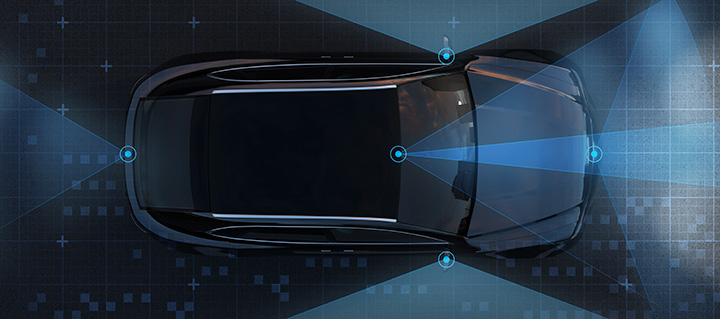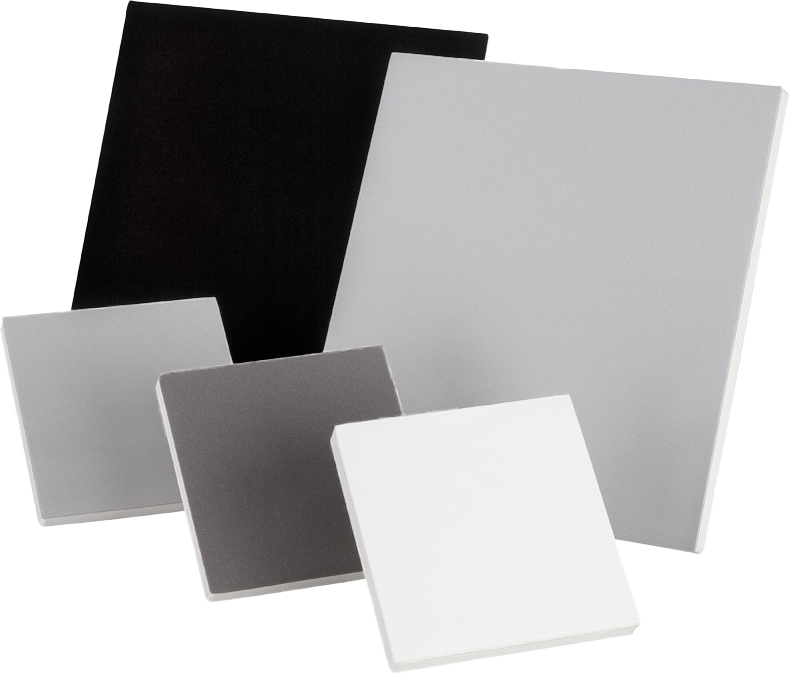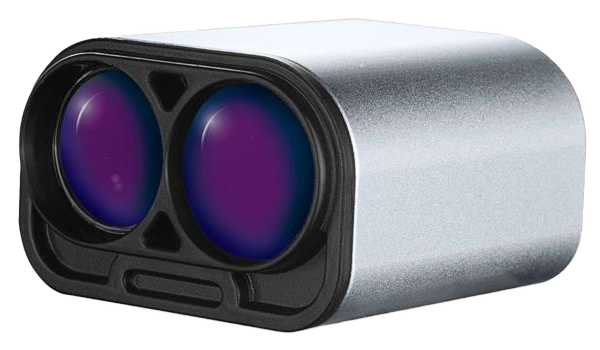LiDAR (Light Detection and Ranging) is a remote sensing technology that uses laser light to measure distances and generate precise, three-dimensional information about the shape of the Earth and its surface characteristics.
LiDAR testing with Diffuse Reflectance LiDAR Test Targets is as follows
- The target is placed at a fixed position in a known distance (which must be precisely measured) in front of the LiDAR system. It’s important that it’s in the system’s field of view and properly illuminated (no shadows shall fall onto it) so that it can be easily detected by the sensor.
- The LiDAR system then emits its laser pulses, which are reflected by the target and captured by the sensor of the LiDAR system.
- Since the reflection values of the target are precisely known from the calibration, the measured reflection levels can then be compared with the ones from the initial calibration measurement. Furthermore, the measured distance from the LiDAR system is compared by the known distance of the target.
- This allows one to calculate the LiDAR system’s error margin and determine the necessary correction factors for the sensor (which include systematic errors such as intensity losses or distortions). The correction factors are then applied to all measured data to ensure that the measured reflectance values and distances are as precise as possible.
- For a thorough calibration, it’s recommended to repat these measurements not only for different distances, but also with several reflection values to simulate different lighting conditions. That’s why many customers from the automotive industry use a combination of several targets (such as 80%, 50%, and 10% reflectance).
Unlike scanning mechanical LiDAR systems with a rotating assembly, solid-state LiDAR is similar to a conventional camera with the addition of a pulsed light emitter
- Solid-state LiDAR systems can be switched to a “conventional camera mode” and can produce 2D reflectance images instead of point cloud data.
- The LiDAR system typically has a bandpass filter over the image sensor that blocks frequencies of light outside the wavelengths produced by the light emitter.
- Select a test target that has contrast at the wavelengths the image sensor is sensitive to (within the range of the bandpass filter). For example, a NIR compatible target such as inkjet NIR or VisNIR backlit film
- At this point you can perform conventional image quality testing for relevant image quality factors such as Sharpness, Distortion, Noise, & Dynamic Range.
How LiDAR Works
- Emission of Laser Pulses: A LiDAR system emits rapid laser pulses toward the scene.
- Reflection of Pulses: These pulses hit the scene and reflect back to the LiDAR sensor.
- Measurement of Time: The system measures the time it takes for each pulse to return. This time is used to calculate the distance between the sensor and the object in the scene based on the speed of light.
- Data Collection: The collected data points, known as point clouds, represent the distance measurements. These points can be processed to create detailed 3D models and maps.


 Unlike scanning mechanical LiDAR systems with a rotating assembly, solid-state LiDAR is similar to a conventional camera with the addition of a pulsed light emitter
Unlike scanning mechanical LiDAR systems with a rotating assembly, solid-state LiDAR is similar to a conventional camera with the addition of a pulsed light emitter